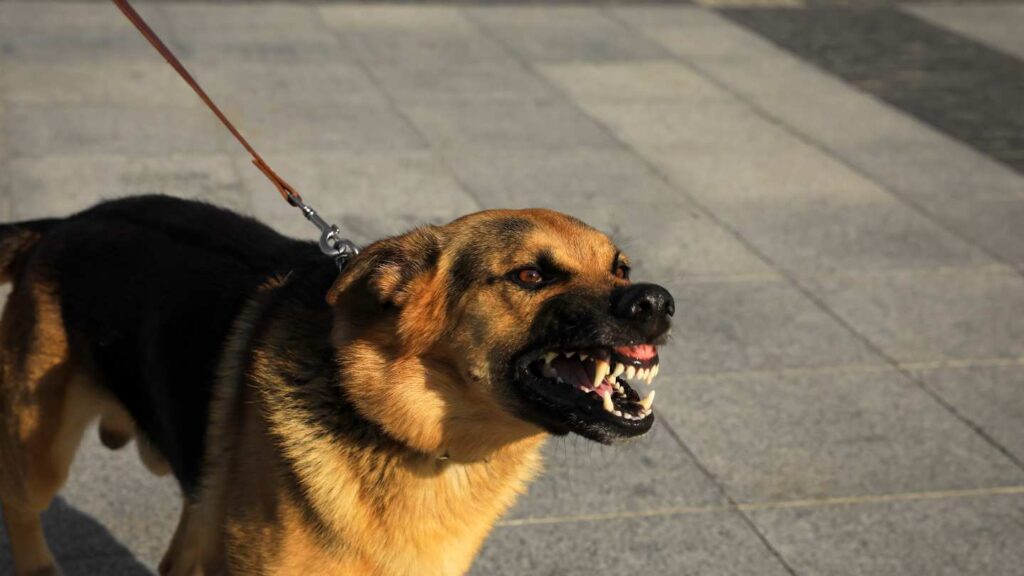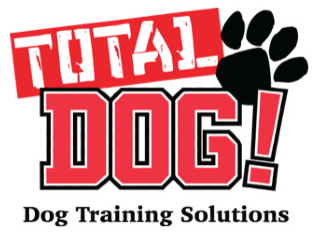
How to stop your dog's aggression
Understanding and addressing dog aggression is crucial for creating a harmonious and safe environment in your home. Aggressive behavior can pose risks to both humans and other animals, but with the right approach, it can be managed effectively. In this simple guide, we’ll explore simple yet powerful steps to help you curb aggression in your furry friend.
Recognizing Signs of Aggression:
Learning to recognize the signs of aggression is the first step in addressing and preventing this behavior. Signs may include growling, baring teeth, stiff body posture, and lunging. By understanding these signals early on, you can intervene before the situation escalates.
Understand the Triggers:
Diving deeper into the reasons behind your dog’s aggression is essential for addressing the root cause of their behavior. Whether it stems from fear, territorial instincts, resource guarding, or frustration, identifying triggers allows you to implement targeted strategies to manage and mitigate aggression.
Positive Reinforcement Techniques:
Positive reinforcement training methods are highly effective in encouraging calm behavior and discouraging aggression. By rewarding desired behaviors and redirecting aggressive tendencies, you can create a positive and supportive environment for your dog to thrive. Training techniques such as clicker training and desensitization can help reshape your dog’s behavior in a positive direction.
Socialization and Exposure:
Gradual socialization and exposure to various people, animals, and environments are crucial for helping your dog build positive associations and reduce fear, anxiety, or aggression in unfamiliar situations. Controlled interactions and positive experiences can help your dog learn to feel more comfortable and confident in diverse settings.
Consistent Commands and Boundaries:
Establishing clear commands and consistent boundaries is key to fostering obedience and reducing the likelihood of aggressive behavior. Basic obedience training, including commands like ‘Sit,’ ‘Stay,’ and ‘Leave it,’ helps your dog understand what is expected of them and reinforces your role as the leader.
Seek Professional Guidance:
If aggression persists despite your best efforts, seeking professional help from experienced trainers or behaviorists is advisable. These experts can provide personalized strategies and guidance tailored to your dog’s specific needs, helping you effectively manage and address aggressive tendencies.
Patience and Positive Reinforcement:
Consistency, patience, and positive reinforcement are essential components of managing dog aggression. Maintaining a calm demeanor and using positive reinforcement techniques help build trust, reduce anxiety, and promote a sense of security in your dog, ultimately decreasing the likelihood of aggressive behavior.
Creating a Safe Environment:
Ensuring a safe and comfortable environment for your dog is crucial for promoting overall well-being and reducing stressors that may contribute to aggression. Minimize potential triggers, provide a designated safe space, and offer mental and physical stimulation to keep your dog happy, fulfilled, and less prone to aggression.
Managing dog aggression is a journey that requires dedication, understanding, and consistent positive reinforcement. By implementing the strategies outlined in this guide, you can create a peaceful and loving relationship with your four-legged friend, fostering harmony and mutual respect in your home. Need help with your dog’s aggression? Get a completely Free Training Session at Total Dog! here
